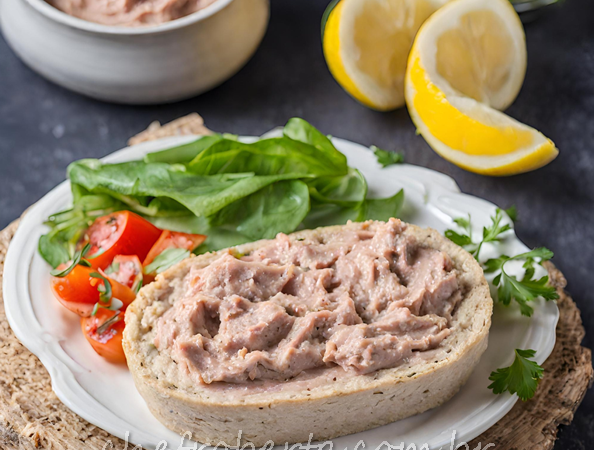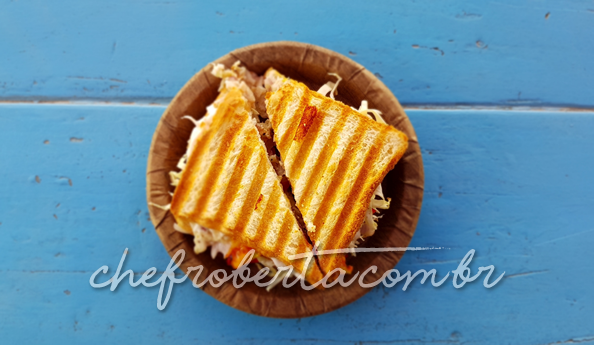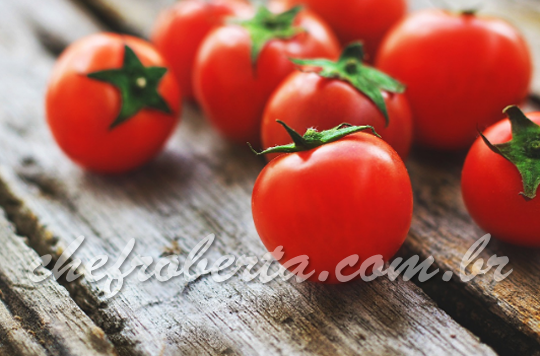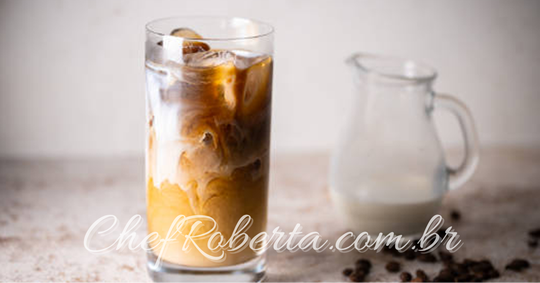September announces the end of winter

September is that month that gets hot during the day, cold at night, it rains, it is sunny to “give the beach”, drizzle to cool down and so, we are approaching the end of winter. It is a month with a harvest of fruits rich in vitamin C, various vegetables and vegetables rich in fiber and iron, and excellent tubers for those tasty broths on cold evenings. Are:
– Acerola, papaya, pineapple, passion fruit and jabuticaba
– Spinach, chicory, chard, arugula, lettuce, tomato, almond, pumpkin, watercress, beet, kale, turnip, broccoli, celery, cabbage, jiló, garlic, cauliflower
– Cassava, sweet potato, cassava, yam
Complete meals can come from a wise combination of everything this month offers, such as roasted tomatoes stuffed with garlic broccoli, mashed mandioquinha and pineapple juice, how about that? Or, a beautiful Focaccia of tomatoes with arugula, Caldinho de cassava and Acerola juice, delicious. And don’t stop there, grilled cauliflower with garlic, yam puree, almond salad and grated beets, go very well with a cold passion fruit juice. When we analyze thoroughly and in advance, we are able to organize our food to make better use of its nutrients and not spend hours in the kitchen every day.

For the base of Focaccia of tomatoes and arugula, I use the recipe of Pão de Mandioca, which is simple and I already take the opportunity to make rolls for the week, because an entire recipe yields an average of 25 breads the size of salt bread, that of the bakery.
Bread Ingredients:
1 bag of biological dry yeast (10g or 1 tablespoon)
2 tablespoons of sugar
1/2 cup of warm water (or milk or vegetable milk)
1/2 cup of vegetable oil (soybean, canola, corn, olive oil… whichever you prefer)
2 cups of cassava, cooked and well mashed with a fork
1 teaspoon of salt
2 more spoons of sugar
Wheat flour up to the point (+/- 1kg, it depends on the flour being more or less dry)
NOTE: instead of cassava, you can use Japanese pumpkin (you can even leave the skin), sweet potatoes, cassava, yams, English potatoes and even carrots.
Focaccia Ingredients:
2 sliced Italian tomatoes (or halved cherry tomatoes)
1/2 onion cut into petals
1 clove of garlic cut into thin slices
Olives (optional)
Basil leaves
Arugula leaves
Olive oil and salt
Preparation mode:
In a bowl, place the yeast, warm water and 2 tablespoons of sugar, mix and let it rest for 10 minutes, to activate the yeast (has a layer of foam on top). Then add the oils and cassava, mix well. Add part of the flour, the rest of the sugar, the salt. When you don’t have any more to stir with the spoon, start to stir with your hand and add flour little by little, kneading (kneading) the dough well to make a point, until it is uniform, homogeneous and soft. A good tip is to make the dough a little “sticky”, because if it dries too much, the bread can become heavy.
Cover the bowl with a clean cloth and let it rest for the dough to rise, as it is a little cold, try to put it in the place of the house that is warmer. After +/- 1 hour and a half, the dough will have doubled in size, so place it on a floured surface and make balls with +/- 5cm in diameter, for round breads, open with a rolling pin if you want salt type breads. For Focaccia, take a large piece, open it with a roll, as if it were pizza, but not too thin. Cover everything again and let it rise for another 30 minutes, in the breads, you can pass egg yolk, make flaps with the knife or put seeds. For Focaccia, place the ingredients on top (tomato, onion, garlic and olives), squeezing each one with your finger to “push” down, even entering the dough. Sprinkle salt on top and drizzle with plenty of oil to make it very moist. Bake everything in a preheated oven for 35 minutes or until golden brown. Unmold the loaves and let cool to store. They last on average 5 days in sachets or 6 months in the freezer.
When removing the Focaccia, place the basil and arugula leaves on top, serve while still hot with the broth you want.
Enjoy your food!




